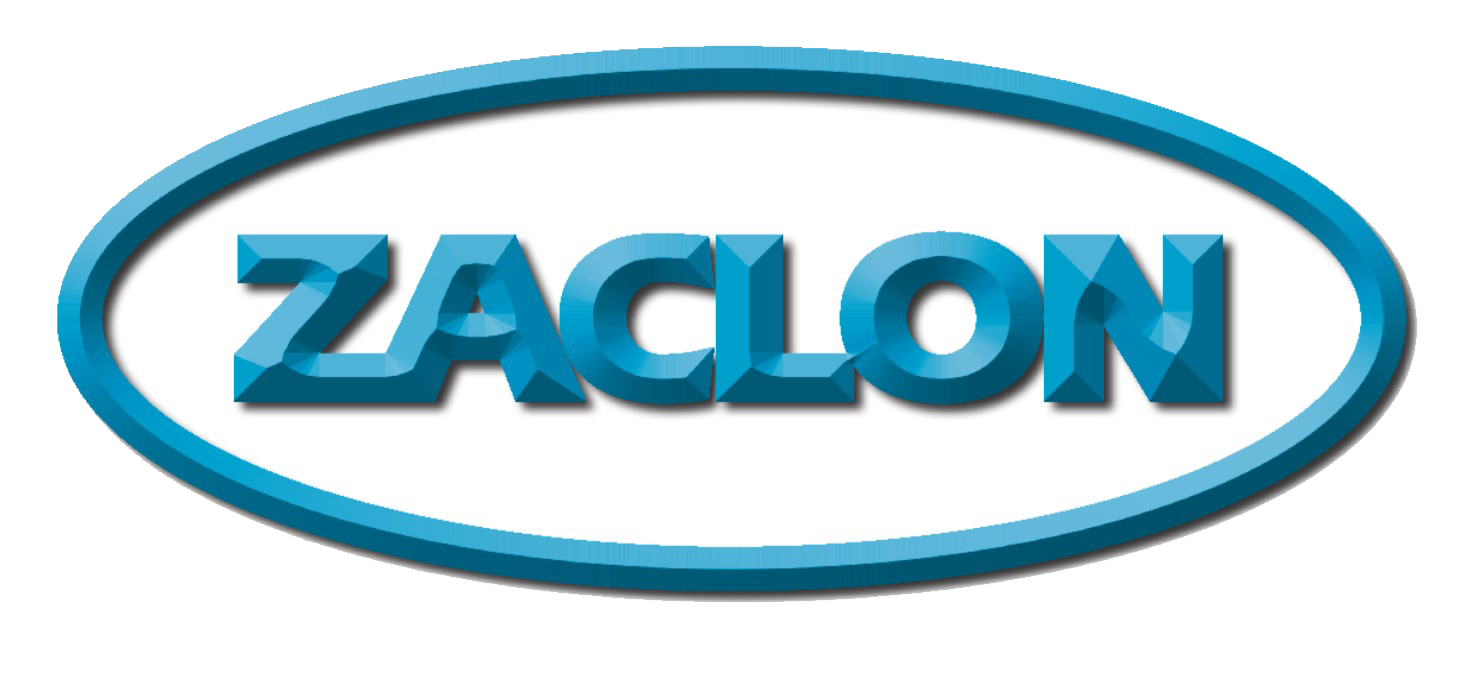The Grasselli Years
With the startup of Grasselli’s Cleveland Plant in 1866, the plant began shipping sulfuric acid to John D. Rockefeller’s #1 refinery which was conveniently located ½ mile from Grasselli’s plant. But Rockefeller’s refinery was not the only one in Cleveland. In fact, by 1867 Cleveland had become the unquestioned center of the oil refining business in the United States with fifty oil refining plants. Large quantities of sulfuric acid were essential to wash the gasoline, coal oil, and the other products of distillation. The Grasselli Chemical company prospered.
Because of the high demand for sulfuric acid in Cleveland, new sulfuric manufacturing plants soon sprung up including the construction of a plant by Marsh & Harwood directly across the street from Grasselli’s Cleveland plant. As a result of the overcapacity, prices and profits in the Cleveland market collapsed. Caesar and Eugene began to look elsewhere for lucrative markets and built manufacturing plants in New Jersey, Delaware, West Virginia, and Indiana. They also bought Lodi Acid Works near Pittsburgh in a 50/50 partnership with Marsh & Haywood. Although their business plan emphasized mainly sulfuric acid, Caesar and Eugene sought to soften the blows from the inevitable collapse of market sectors by adding new products to their production facility in Cleveland and elsewhere. In 1869, nitric acid and muriatic acid (HCl) were added at Cleveland. In 1870, aqua ammonia, soda ash, glauber’s salts (sodium sulfate), and zinc sulfate were added. Once again, the Grasselli Chemical Company prospered.
Then in 1882, Eugene Grasselli died.
With the death of Eugene Grasselli, the Standard Oil Company offered to buy Grasselli Chemical. Caesar said “NO”! Caesar preferred instead to grow his business further. Mixed acids (sulfuric acid plus muriatic acid) were added in 1885. These mixed acids were used in the manufacture of dynamite and nitro glycerin. At the time, the DuPont Company wanted to control the explosives business in the United States. They already controlled the gun powder business. You will recall that Eugene had struck a friendship with the Duponts when he arrived in Philadelphia in 1837. The Grassellis and Duponts had maintained that friendship since their days in Philadelphia. Soon Grasselli and DuPont struck a deal to supply all of DuPont’s mixed acid needs for the manufacture of dynamite and nitro glycerin. The relationship between Grasselli and DuPont grew further when DuPont asked Grasselli to produce 97% and 98% sulfuric acid to improve gun powder production. At the time, the maximum strength sold was 93% sulfuric acid. Caesar and his chemists figured out how to produce higher strength acids and began supplying high strength acids to DuPont in railcars.
In 1889, David Marsh died. He left behind numerous sulfuric acid plants on the east coast and had entered several joint ventures with Grasselli Chemical. That same year, Grasselli Chemical acquired Marsh & Harwood from David’s estate. With this Marsh & Harwood acquisition, Grasselli Chemical once again dominated the sulfuric acid business. This domination would continue for 38 more years.
Beginning around the turn of the century, Caesar decided to move into the zinc industry in a big way. He purchased the Peru Zinc Company in Peru, Indiana for $3,000,000. In 1904 he started up zinc smelter plants in Clarksburg and Meadowbrook West Virginia, and in Terre Haute, Indiana. He later started a zinc chemicals plant in East Chicago, Indiana to produce zinc chloride solutions used as wood preservatives for the expanding railroad network. Zinc chloride manufacture would later expand to Grasselli’s Cleveland plant.
Caesar retired in 1916 and named his son, Thomas, president of the Grasselli Chemical Company while Caesar devoted is time to philanthropic work in the Cleveland area. Caesar died on July 28, 1927 as a result of a fall at the Johanna Grasselli Home for Crippled Children. One year later, in 1928, DuPont bought the Grasselli Chemical Company and all 23 of its manufacturing plants, including the Cleveland plant.

